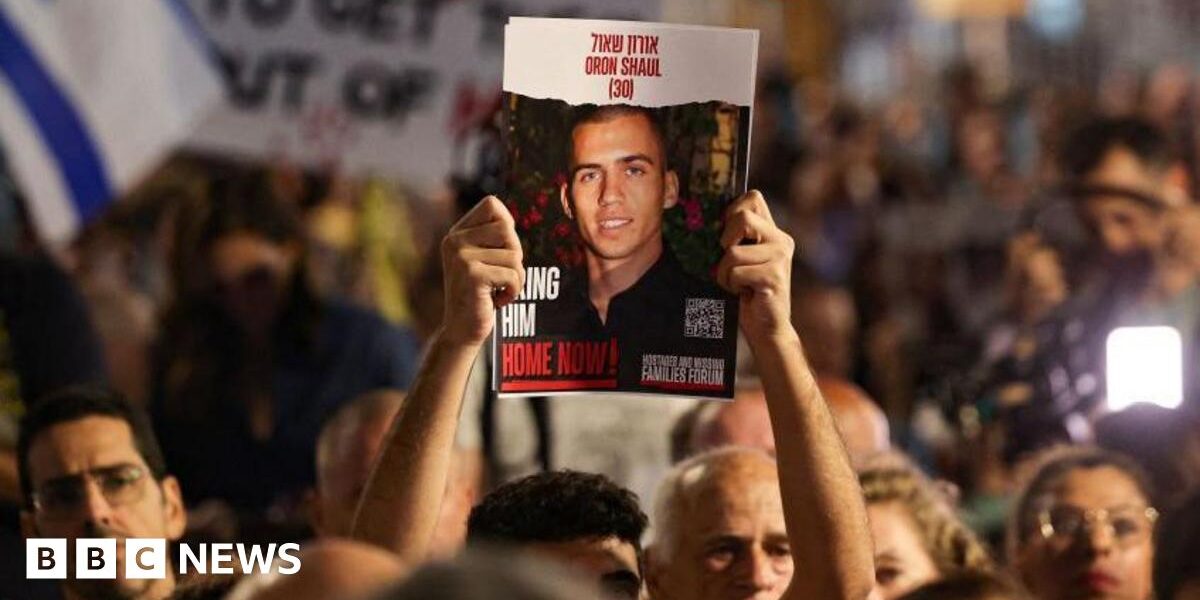Netanyahu issued the statement shortly after he said the start of the Gaza ceasefire would be delayed until Hamas confirmed the names of the first hostages it planned to release in exchange for Palestinian prisoners.
Hamas blamed technical problems for failing to hand over the list, and said it was still committed to the deal.
Israel launched a campaign to destroy Hamas in response to the 7 October 2023 attack, in which about 1,200 people were killed and 251 others were taken hostage.
Almost 46,900 people have been killed in Gaza since then, according to the territory’s Hamas-run health ministry. Most of the 2.3 million population has been displaced, there is widespread destruction, and there are severe shortages of food, fuel, medicine and shelter due to a struggle to get aid to those in need.
Israel says 94 of the hostages are still being held by Hamas, of whom 34 are presumed dead.
The first six-week phase of the ceasefire deal should see 33 hostages – including women, children and elderly people – exchanged for Palestinian prisoners being held by Israel.
Israeli forces will also withdraw to the east, away from densely populated areas of Gaza, while displaced Palestinians will be allowed to begin returning to their homes and hundreds of aid lorries will be allowed into the territory each day.
Negotiations for the second phase – which should see the remaining hostages released, a full Israeli troop withdrawal and a return to “sustainable calm” – will start on the 16th day of the ceasefire.
The third and final stage will involve the reconstruction of Gaza – something which could take years – and the return of any remaining hostages’ bodies.





